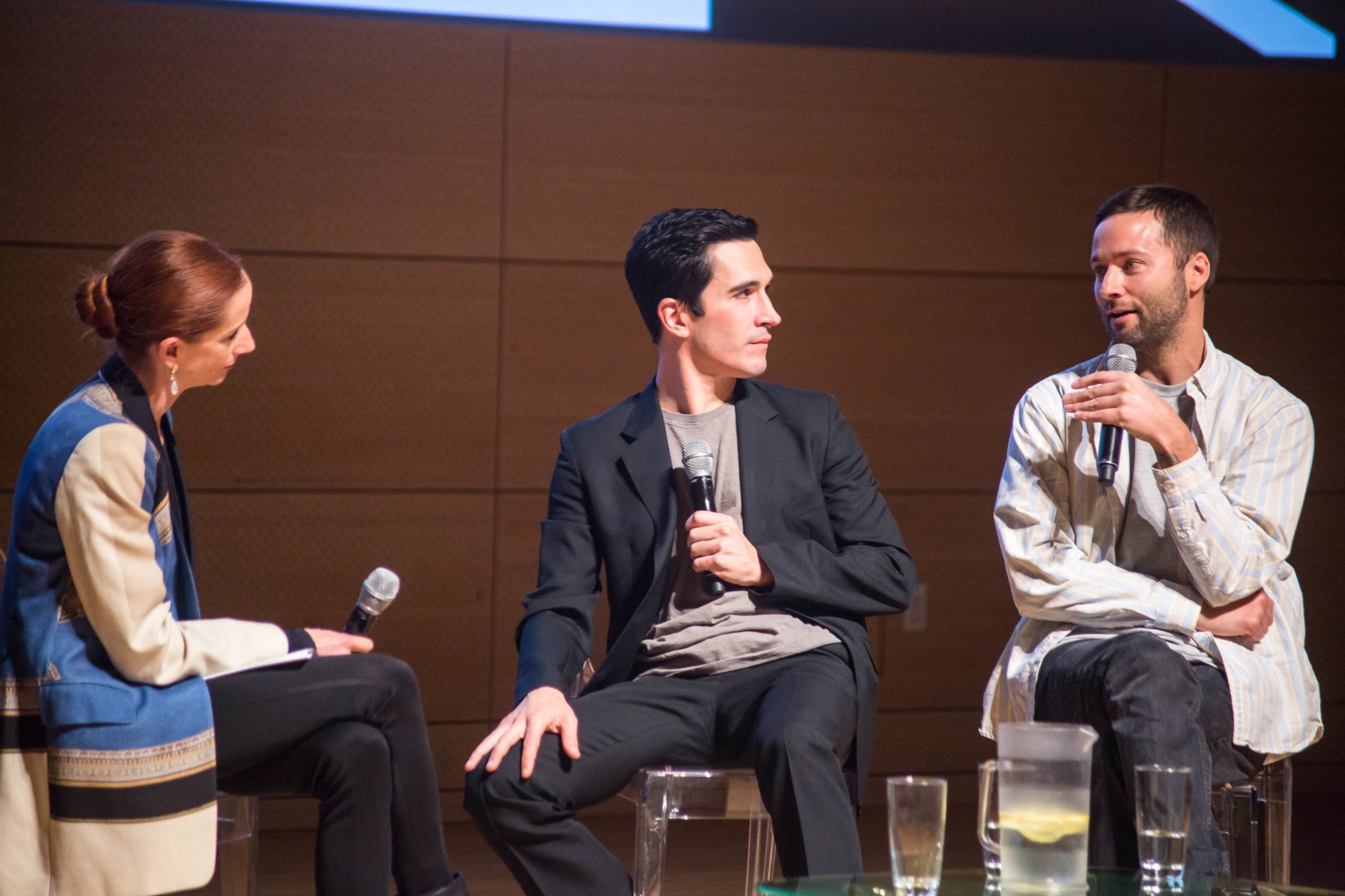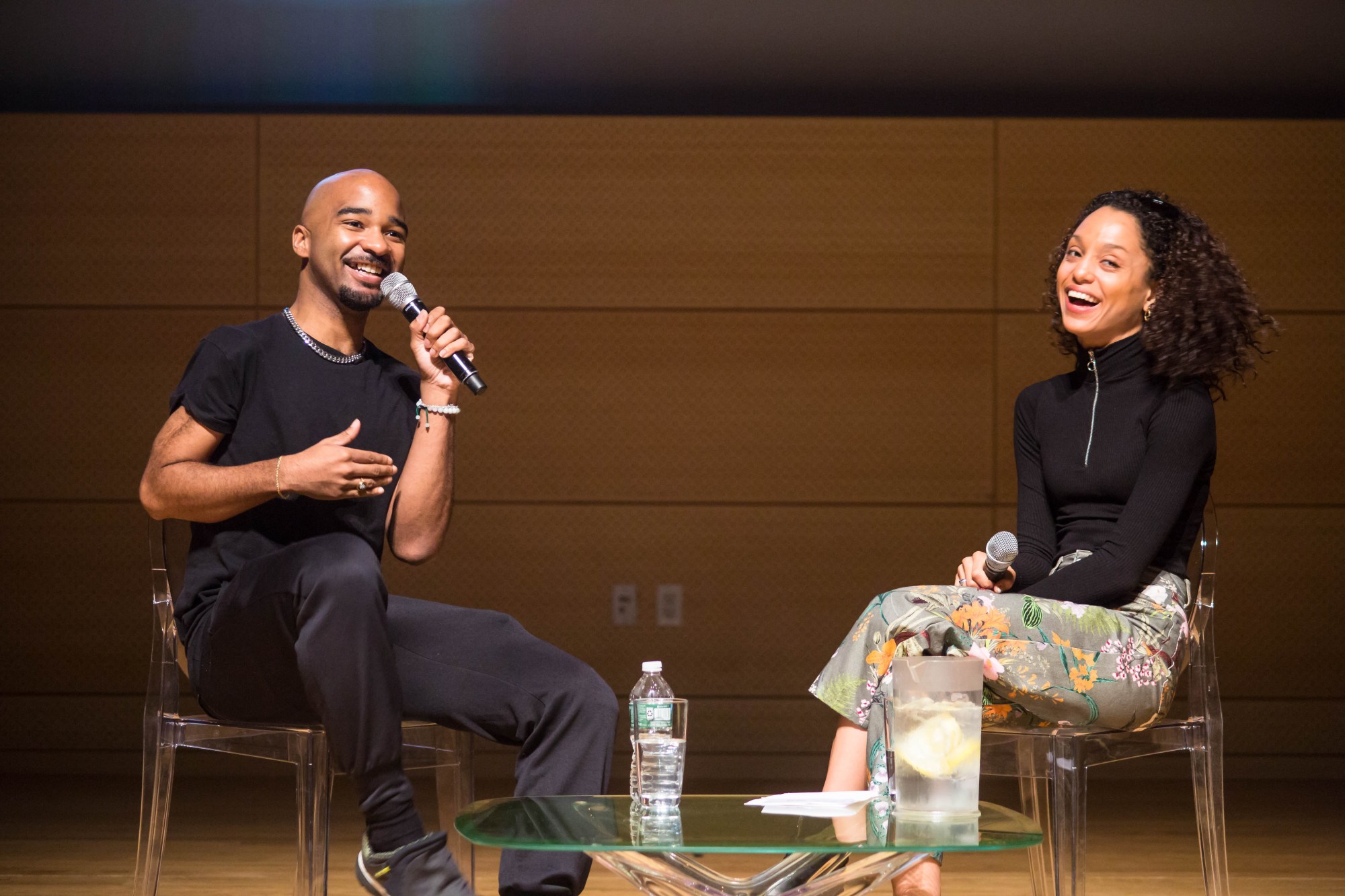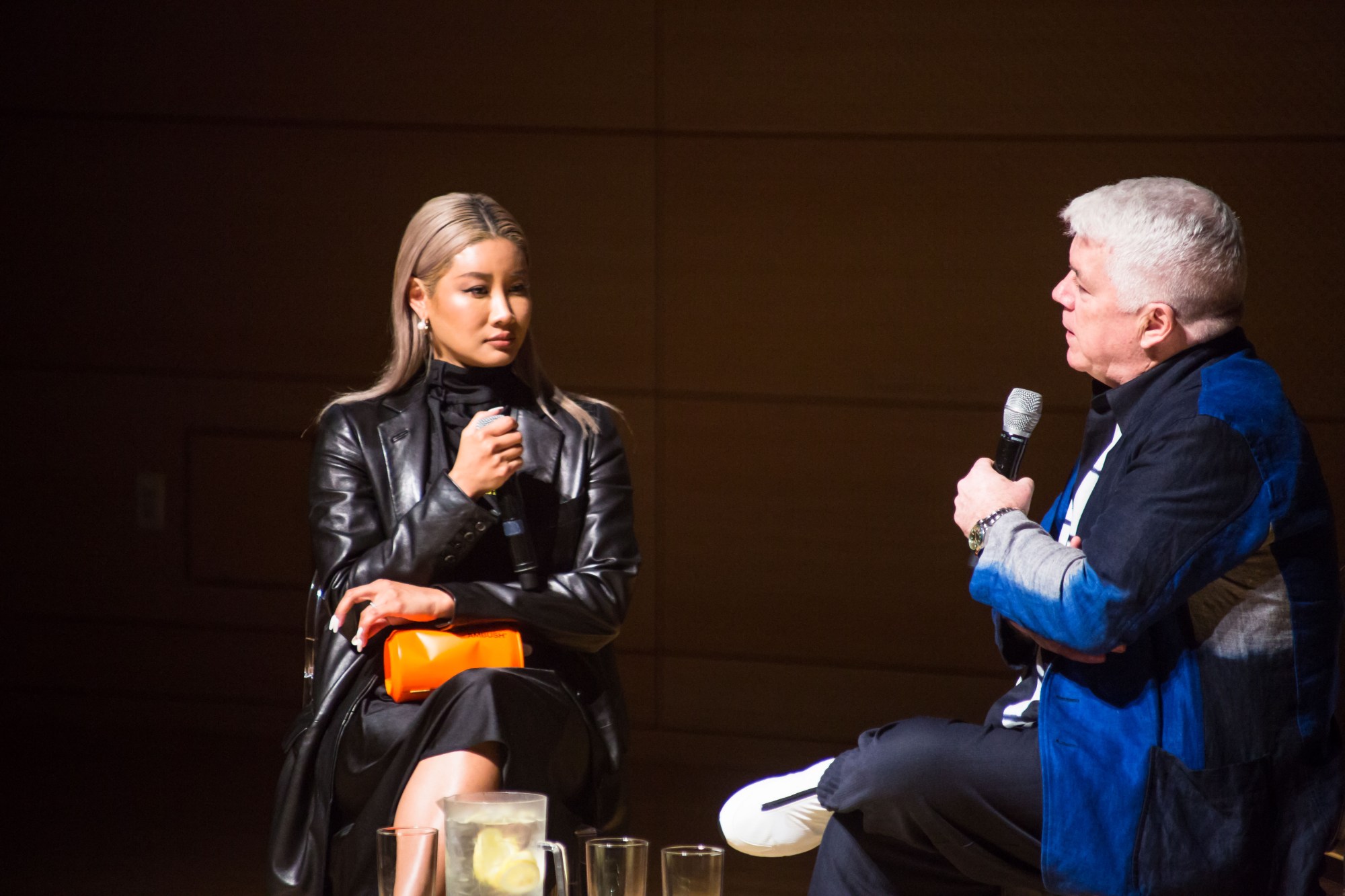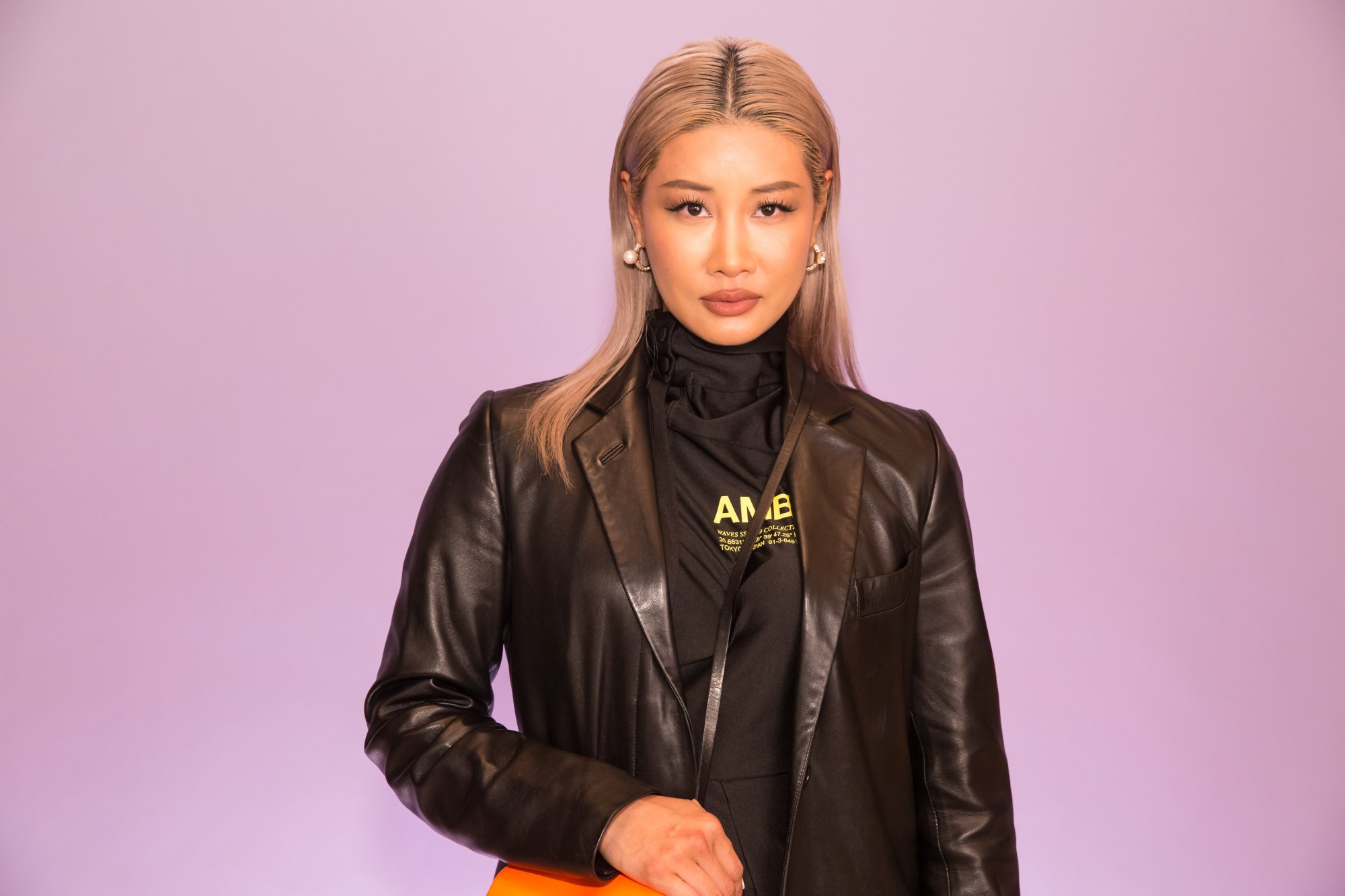Last week, Frieze hosted its latest Frieze Academy at Parsons School of Design in New York. Following a successful first iteration in London last year, the Art & Fashion Summit New York brought together a group of visionaries working across the arts and cultural landscape who are igniting change including Yoon Ahn, Telfar Clemens, Kimberly Drew, Dapper Dan, Stephen Galloway, and Lazaro Hernandez and Jack McCollough of Proenza Schouler.
Hosted by Tim Blanks, the editor-at-large at Business of Fashion, the day of talks focused on the timely idea of “reimagining Identity” and featured engaging dialogues about the “deep-rooted, wide-reaching connection between art, fashion, and identity.” The six sessions addressed critical issues such as culture clashing, identity and physicality, and art and fashion collaborations, revealing the many ways in which identity can manifest materially.

i-D rounded up three key takeaways from the day’s events:
1. Collaboration is necessary to make change
During the segment “Self and Subjectivity: Breaking the Confines of Identity,” interdisciplinary artist Jacolby Satterwhite, who contributed to Solange’s When I Get Home film, talked about how collaboration can help you figure out your own creative identity, separate from the “attached ego.” Spending time exploring nightlife culture, Satterwhite admitted that he “found a community of like-minded individuals, which allowed me to marinate a lot of ideas I developed in seclusion.” For the artist, collaboration remains a necessity to his practice as a means of conceptualizing and creating work. “My collaborations with performance artists and other people and musicians, is kind of like, you know, it’s what keeps my creative libido functioning,” he explained.
Later in the day, Dapper Dan, who is now collaborating with Gucci after the storied fashion house stole his iconic designs, spoke about how he hopes this partnership will allow him to help bring about necessary change. “Once we’re on the same field together, I can create a change,” he stated. By creating spaces and opportunities that support collective thinking, banding together could help us cross new frontiers and formulate shared solutions to current issues.

2. There’s value in being an outsider
In conversation with Tim Blanks, Yoon Ahn, who is the founder of Ambush and the director of Jewelry for DIOR Homme, talked about the ways in which being an outsider afforded her a different perspective. Ahn, who studied graphic design in school and never worked at a fashion house, initially started making jewelry as a hobby, which ultimately turned into a full-fledged business.
“I wasn’t trying to be an outsider, I had a lack of understanding and wanted to produce and make things the way I wanted to do it,” she expressed. Due to this, Ahn approached her creative process by asking questions such as “why not?” and “how come?” Since she was less familiar with the ways of the industry, she wasn’t as focused on how other designers had approached things. Instead, she tried to think about things differently.
Similarly, Telfar Clemens, who runs his own unisex label, Telfar, discussed the necessity for creating things you want to see in the world. “I started the brand because the things I wanted didn’t exist,” Clemens expressed. When the creative was 15, he began deconstructing vintage clothes and making things out of scrap material his aunt gave him for himself and his friends, ultimately selling his items on the Lower East Side, and launching his label in 2005. Clemens, who initially pursued accounting, schooled himself in fashion and construction by frequenting a Century 21 department store and studying high and low fashion, products by European designers, and men’s sneakers.

3. Slowing down is key
During the session titled “Culture Clash: How Art & Fashion Give Shape to Change,” writer, curator, and activist Kimberly Drew, spoke about the need for taking time for critical reflection saying that, “I think oftentimes, especially in fashion, we’re not afforded the liberty of time.” When the fashion industry is moving at lightning speed, brands tend to create products and rush past trends — Drew called it a “mad dash” — instead of making time for thoughtful reflection, which would be beneficial in ensuring companies are creating sustainably-minded and culturally sensitive products, while also allowing them to come up with new approaches.
Suitably, Alix Browne, editor-in-residence at Helmut Lang, also spoke about “our addiction to newness” and “how we are now is conditioned to believe that fashion, like other parts of culture is completely disposable or we can just sort of cycle wrote it without with reckless abandon.” In her current role at Helmut Lang, the creative shared how she has made a point to slow down instead of trying to keep up with the incessant demand for newness. In this way, real progress will take time and should thus, not be rushed. Drew reflected, “I think we’re at a moment where fashion feels a responsibility to change, but I wonder how we can lean team as a sustainable kind of measure.”


